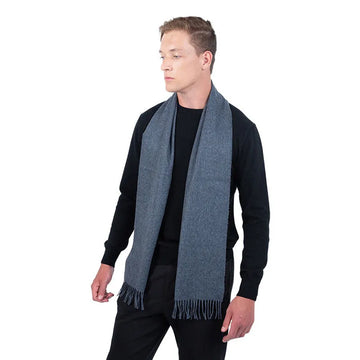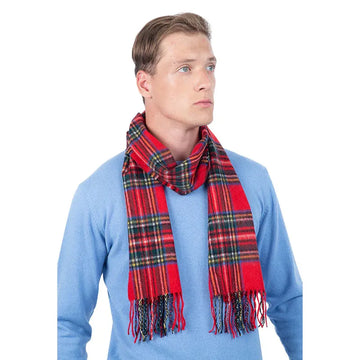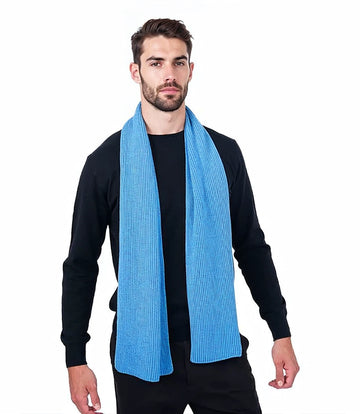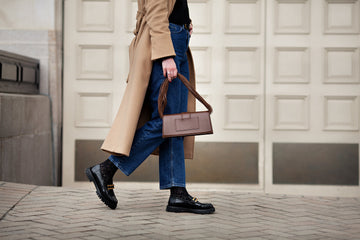It is difficult to find a luxury wardrobe that is not stocked with cashmere clothing, especially during a time when people are more focused on quality, comfort and quiet displays of luxury than ever before.
If you see someone wearing cashmere, you know that they have made a particularly considered and inspired choice for a natural, comfortable garment that can be worn year-round in a variety of different outfits.
However, whilst cashmere changed the fashion world in a lot of ways, it had a particularly liberating effect on women in the 19th Century and became so desirable throughout Europe that it fundamentally changed not only fashion but culture as a whole.
Interestingly enough, the woman at the centre of cashmere’s rise to prominence didn’t initially like it.
The Empress Of Cashmere
The first references to cashmere in the French fashion press of the era started to emerge in 1790, but it would take another decade and the end of Emperor Napoleon Bonaparte’s campaign in Egypt and Syria for cashmere shawls to arrive in France.
Naturally one of the first to get a shawl of her own was Napoleon’s lover, later wife and Empress of France, Joséphine Bonaparte, who noted that she did not like them and did not think they would become fashionable despite how light they were.
It was a prediction worthy of Nostradamus, as not only did cashmere become hugely popular within the decade, but the Empress herself was one of the biggest reasons why, as she quickly changed her mind and by the end of her life owned over 300 shawls, transforming French fashion in the process.
From Memento Of War To Symbol Of Femininity
Initially, cashmere shawls were worn by French and English soldiers and merchants who had either fought or otherwise travelled around the Indian subcontinent, in line with the khil’at practice of the robe of honour.
These shawls were then gifted to high-status women when they returned to their home country, and over time, aided by the influence of Empress Joséphine, they began to be worn primarily and later exclusively by women.
Women in 19th Century France wore them with considerably more flexibility than they had been worn by men and bestowed a much greater level of freedom and power to women outside of high office than had been seen before.
Part of the reason for this is that they could be worn a wide variety of ways, and due to their typically more elaborate designs and brighter colours than traditional white French gowns of the era could add splashes of colour and ornamentation without being overpowering.
As well as this, it was a way for women to get around the then-restrictive standards concerning modesty, as they could wear more revealing dresses whilst having a shawl that could keep them covered up.
Beyond its importance to fashion, it was also typically the most expensive item a woman would carry on their person during a time when they were typically not allowed to own property, which led to the tradition of cashmere being provided as a gift for weddings and coming-of-age celebrations.














